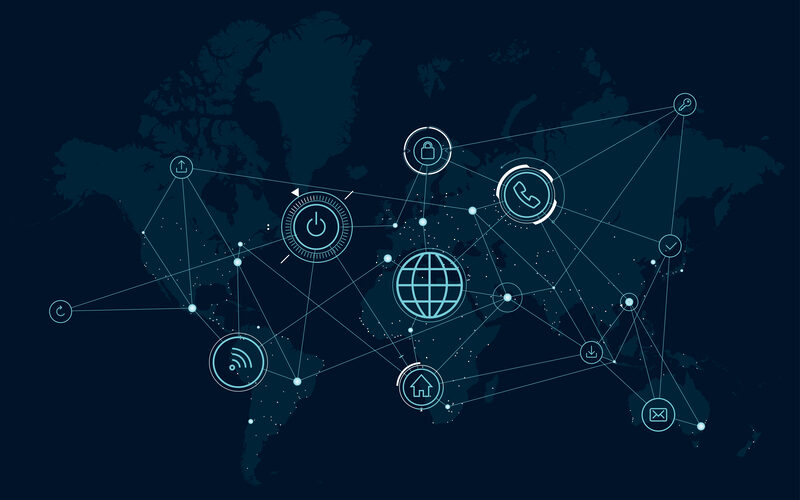A process map is a useful tool that helps you visualize all the steps in…

Understanding customer needs has become a business norm today. While weighing in a product or service, we first look at its market value and when it comes to customer needs, we put anything and everything into consideration. Every small detail! Questions like ‘How can we make our product or service delightful for our customers?’ becomes the limelight of every meeting discussion.
After all, customer satisfaction is an evergreen concern. The needs of a customer keep evolving with time and so should the product. In the 1980s, Dr. Noriaki Kano introduced a model for business improvement called the Kano model. It is a theory for product development, which helps in understanding and establishing a detailed business model focusing on the needs of customers.
A Kano model gives a thorough analysis of customer needs, to understand the expectations of our customer. This model closely analyzes product features and customer behavior to be able to further develop a plan for business improvement.
Kano Model Functioning/Analysis
The Kano model has three major levels of functioning to assess a customer’s behavior towards a product or service based on his experiences. A customer’s satisfaction or dissatisfaction is measured based on these levels of the Kano model to discern his preferences.
- Basic Needs – There are some basic necessities that a customer expects regardless of what other services he is receiving. These are some obvious product traits, which has to be in the product at any cost. A product is lacking if these obvious traits are missing. For instance, functionality is an important trait.
- Satisfiers – Some traits such as performance and quality, are an integral part of a product to bring convenience to the customer. If a product performs exceptionally well and it brings comfort to the customer’s experience, then you have a satisfier.
- Delighters – These are things that allow your business to earn brownie points and helps customers in discerning certain product wants that they didn’t even know existed. When buying a product, if someone receives a special additional service such as a discount or a free delivery, the customer will be delighted with the entire experience.
Remember, the key is to analyze and asses the customer’s experience to modify or improve a product. Therefore, sheer information collection through the Kano model is a strong choice here in order to provide quality customer experience.




Comments (0)